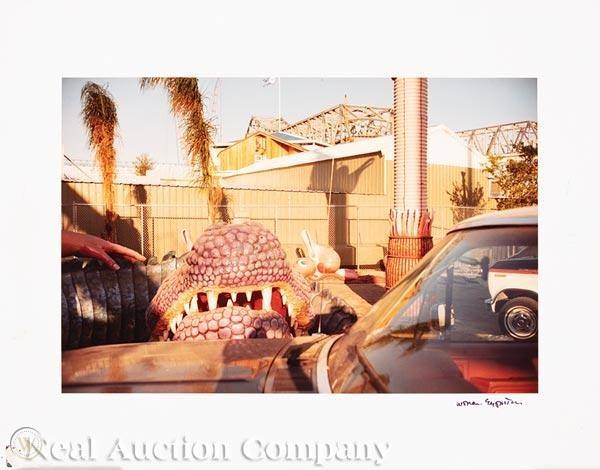
For the last decade, I’ve been getting paid to worry about what other people put on their walls. So, naturally, when I enter someone else’s home, the first thing I judge is their art. I instantly notice someone’s Matisse exhibition print, their homemade attempts at Pollock knock-offs, their early-career Cecily Brown, or their minimalist movie poster. A person’s art collection can say a lot about their values and taste. Despite having worked with many highly talented painters over the years, my walls are exclusively covered in photography. Years ago, I decided to give my art collecting a bit of focus, and photography was the natural fit.
Not considered worthy of collecting until the early decades of the 20th century, as it was not yet deemed true “art,” photography can be a great entry point into the fine art market. Prices are often lower than those of “traditional” mediums, like painting and sculpture, and works by big names can often be secured without having to spend seven figures. With that said, collecting photography requires a bit of knowledge (and luck!) to make informed purchasing decisions. Below are a few things to take into consideration when building your collection.
Editions
With a few exceptions, photography is often produced in editions. Typically found written on the print, like 1/20, this tells you how many prints were produced and denotes which “number” a particular print is within the edition. If you see 3/25, this means you are looking at the third print in a run of 25 prints produced. Smaller editions usually hold more value, as it can mean fewer were produced, and scarcity will usually add value to a piece (but, then again, there are always exceptions).
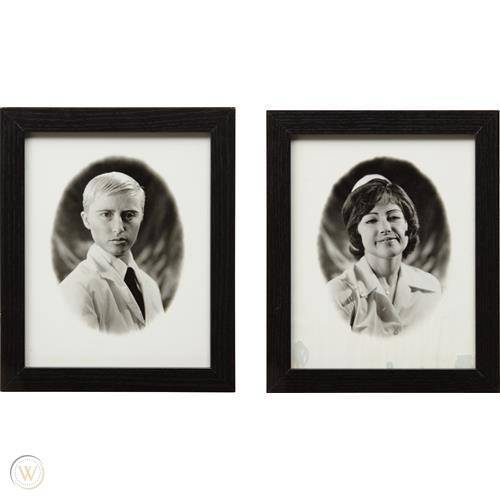
When purchasing an editioned work, it is worth finding out if the edition is “closed” or “open.” A closed edition means that the edition will never be revisited, and thus more prints will not be produced. An open edition means that more prints may be produced later, which could reduce the scarcity of the print and thus affect its value. You may also see “limited edition,” which can be misleading. Sometimes it means the edition is closed, but other times, it only means the prints were produced in conjunction with a particular event, and the edition is actually open.
In a similar vein, you may see a “first edition” demarcation, which often implies that there were further runs of a print and that this particular print was part of the very first run (again, the amount of value that this adds will depend on other variables, such as the photograph, the photographer, and the image’s context).
Finally, you may sometimes see “Artist Proof” or AP. These prints were produced for the artist’s benefit to gauge color, contrast, printing methods, paper, etc. Think of it as the photographer’s test run for a particular print. In theory, these prints are not meant to enter the market, but it’s not uncommon to see them in circulation. As these are typically unique, they can be more valuable—but again, this depends on the print in question.
Types of Prints
Often you will see terms like “vintage” or “printed later” to describe photographic prints. These terms identify the time period in which the print was produced in relation to the creation of the negative or source image. A “vintage” print is usually made close to the time when the image was originally shot. Because of this close proximity between the creation of the negative and the creation of the print, vintage photographs are often more valuable. A “modern print” is made from an older negative. Since more time has elapsed between the time when the negative was shot and the creation of the photograph, modern prints can sometimes be labeled as “printed later.” A “posthumous” print is just that: a print made after the death of the artist. As a general rule, the closer you are to the original negative, the more valuable the print will be. These distinctions are of particular importance for the works of early photographers like Ansel Adams.
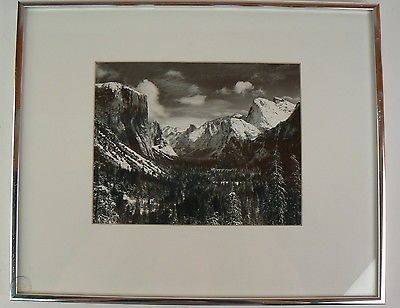
Printing Processes
You may also wish to educate yourself on different printing processes, as this will not only dictate how you care for the piece but could also be a focus of your collecting efforts. Like HIP’s founder and WorthPoint’s CEO, Will Seippel, some people collect negatives, but most collectors focus on prints. There are many different printing processes out there, like C-print (Chromogenic print), silver gelatin, albumen, and sublimation. Familiarizing yourself with popular substrates is also worthwhile, as photographs are printed on a wide range of materials, from different papers to canvas (giclee), metals, and more.
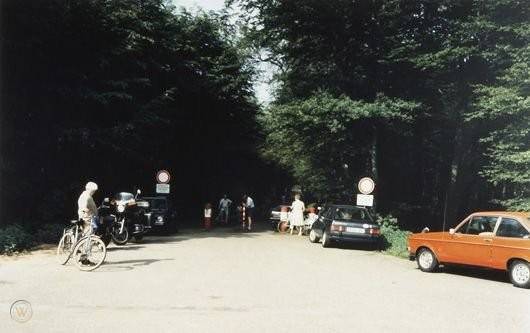
Collecting Focus
Any art collection benefits from having some type of unifying theme, and photography is no exception. Many collectors focus on eras or regions, like Arthur Walther’s collection of African photography. Other collectors gravitate toward works that explore issues near and dear to their personal interests, like Elton John’s impressive collection of works by LGBTQIA+ and female artists. Some choose to focus on specific artists, amassing as many works as possible by certain photographers (like Bob Fisher’s collection). Others simply collect anything and everything that speaks to them. How you choose to curate your personal collection matters, and I strongly encourage new collectors to define their collecting intentions.
Then again, sometimes, you simply need to start collecting before you find your collection’s focus. You may notice that you naturally gravitate toward certain subjects or styles. If your burgeoning collection doesn’t have a unifying focus from the get-go, pay attention to which photographs catch your eye and see if you can discern any similarities that unite them.
The Big Names
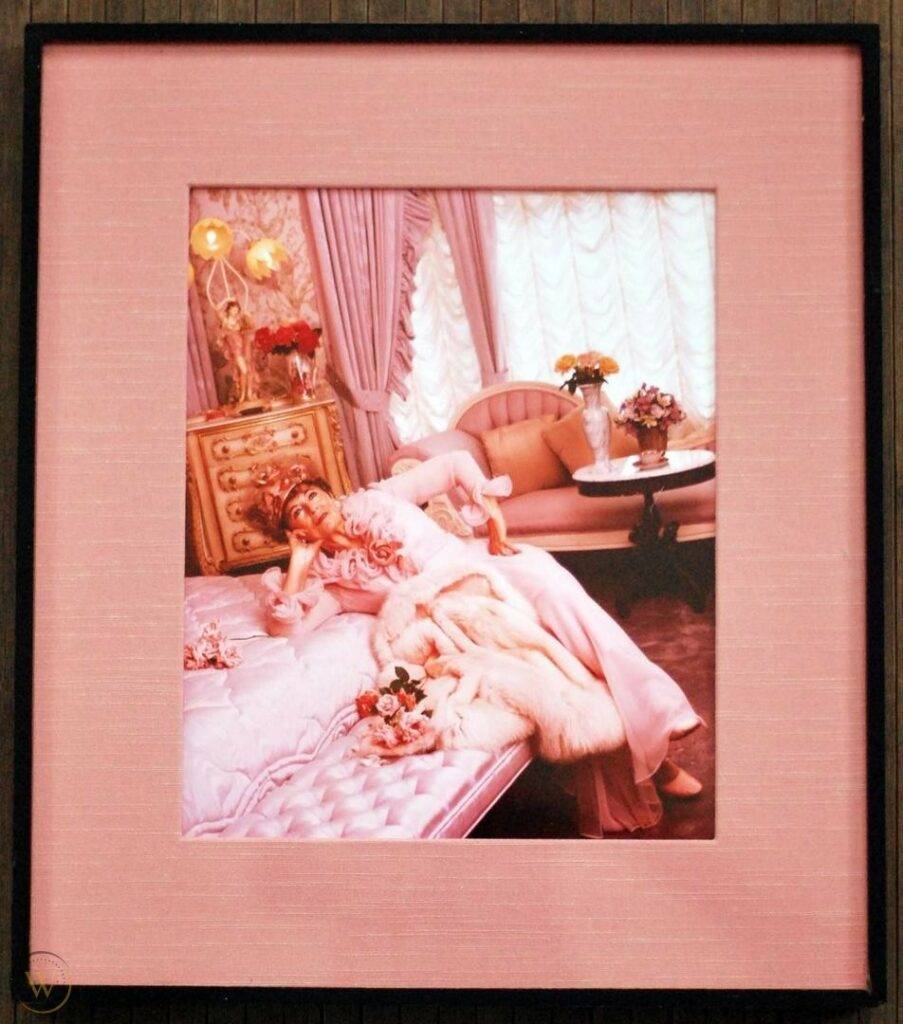
Check out the results of any auction sale, and you’ll probably see the same big names, as the list of popular photographers has changed little over the decades. But that is not to say that lesser-known photographers are not worth collecting. The fine art world and the photography market are rapidly changing, so do not feel an obligation to only collect the major players. If you would like to familiarize yourself with the medium’s history, an exploration of the following photographers would be a good place to start: Ansel Adams, Diane Arbus, Henri Cartier-Bresson, Larry Clark, William Eggleston, Walker Evans, Nan Goldin, Andreas Gursky, Dorothea Lange, Sally Mann, Robert Mapplethorpe, Man Ray, Cindy Sherman, Alfred Stieglitz, Jeff Wall, Ai Weiwei, and Edward Weston.
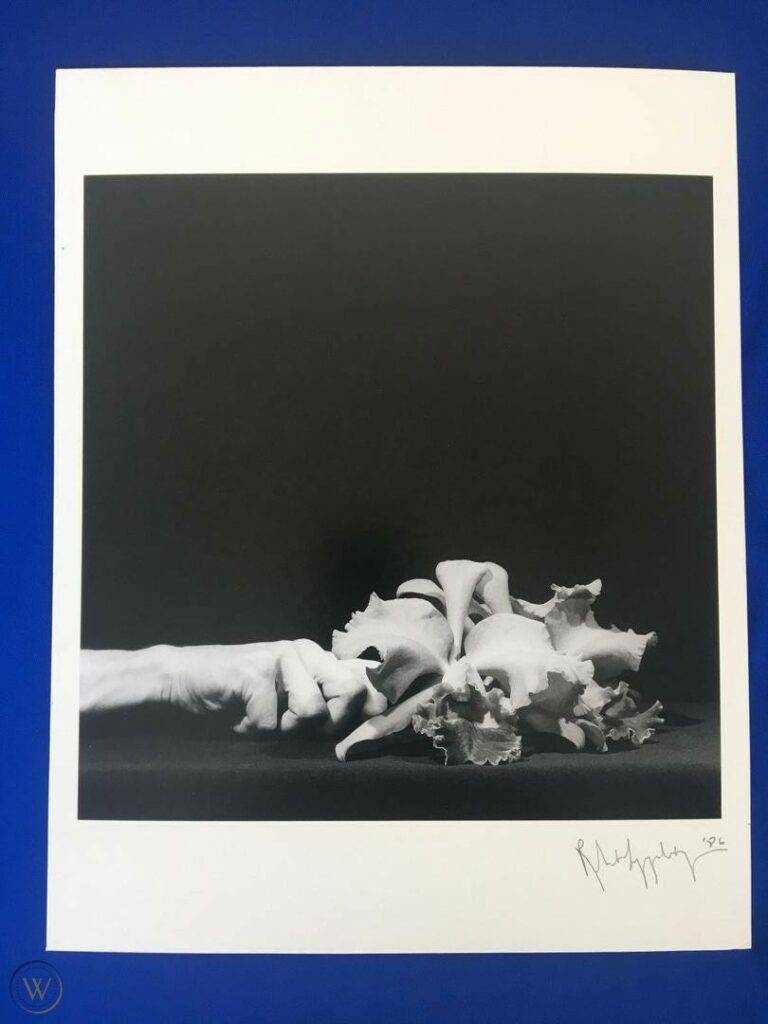
Other Considerations
Learning how to properly care for your photographs is immensely important, as many of the printing processes and substrates involved require special care. As with collecting any valuable (or potentially valuable) item, you should keep all provenance documents, like receipts, as these will be needed for determining value and authenticity (if so needed) at a later date. These documents are essential to maintaining your object’s value, and thorough notes and histories should be kept on every object in your collection.
Megan Shepherd is a curator, freelance writer, and artist. She has worked in fine art museums for a decade and holds two master’s degrees in the field. When she takes a break from art, she enjoys science-fiction books, antiquing, backpacking, and eating her weight in Dim Sum.
This article was originally published by WorthPoint on WorthPoint.com

